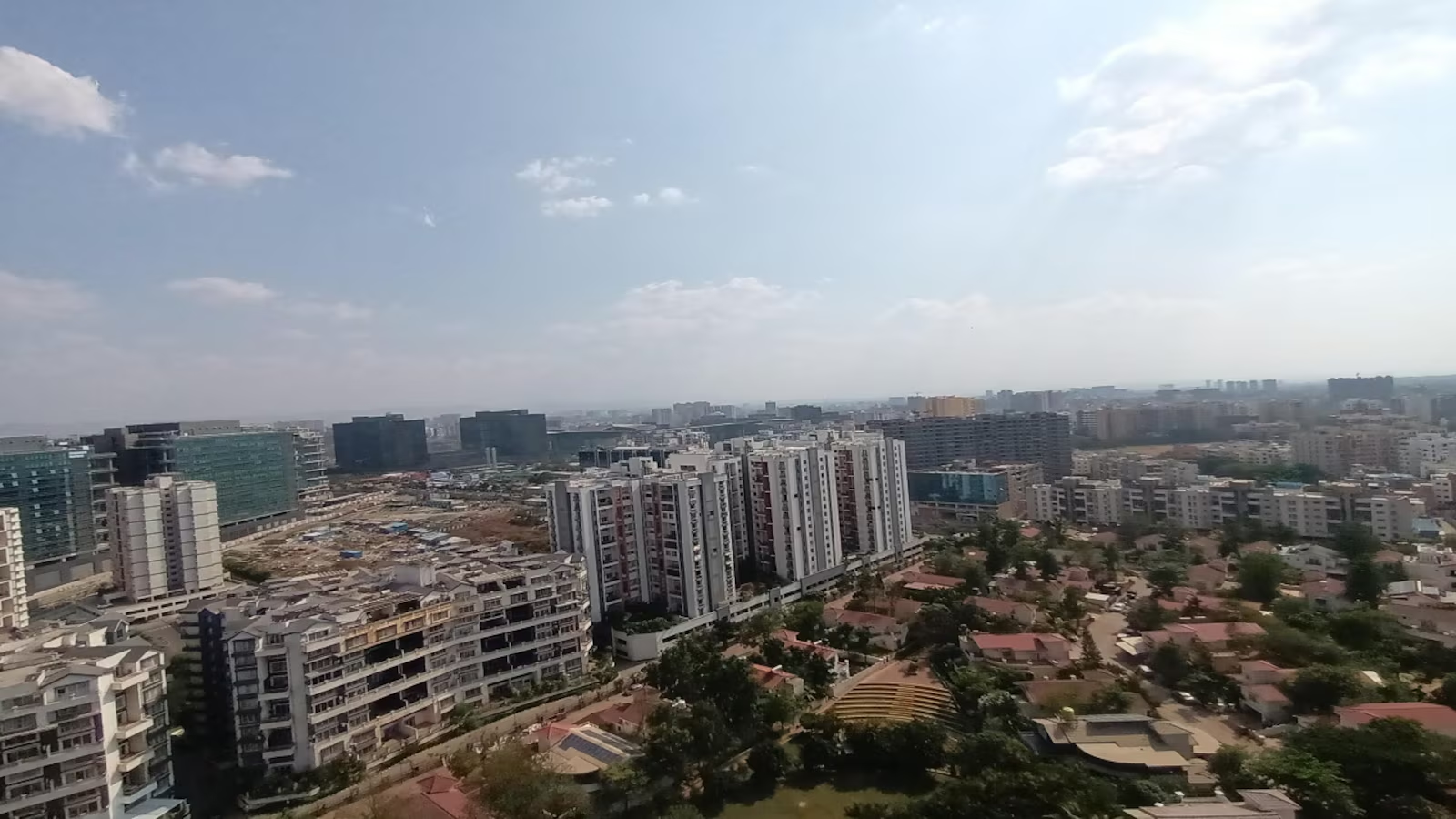News
IT-BPM Sector to expand to Tier-III towns


May 5, 2022: The Information Technology-Business Process Management (IT-BPM) sector has been absorbing large office spaces through the last decade and a half. Its current share is estimated at more than 50% of the total office space leased in the last 5 years. As its growth continues, a cumulative space uptake of 80-120 mn sq. ft. in grade A office buildings, including coworking spaces, can be expected over the next five years, according to the latest report titled – Tech-Towns of the future, by Savills India, a global property consultancy firm. In fact, despite the dent caused by the pandemic, the IT-BPM sector is expected to clock a cumulative leasing of 100 mn. sq.ft. by 2026.
But more interesting than the growth, is the emergence of new locations as hotspots for the sector. Savills India’s Research has conducted a comprehensive statistical analysis and presented these upcoming locations as clusters namely ‘challenger cities’ and ‘emerging cities’. Working from a universe of over 100 cities across the country, they narrowed down to 33 cities in the final analysis, using population, level of economic activity, Infrastructure, Human Capital, Costs, Industry presence as well as Vulnerabilities & Risks as the decision drivers. As the tech-sector workforce gets increasingly used to hybrid work culture, the key for IT-BPM companies will be to understand these locations for efficient operations in future.
Key highlights of the research analysis:
- The leader cities are already established IT-BPM hotspots and have high availability of skilled talent and robust supporting infrastructure
- Challenger cities enjoy a symbiotic association with leader cities and are already witnessing significant IT-BPM activity
- Emerging cities on the other hand are expected to be the next big potential hotspots in the medium to long term
- Cities from the South and West dominate the list of challenger and emerging cities with almost 60% of the cities concentrated in these regions
- Ahmedabad, Surat, Vadodara and Nagpur draw strength from mature IT-BPM destinations like Mumbai, Navi-Mumbai, Thane and Pune. All the southern cities benefit from the presence of Bengaluru, Hyderabad and Chennai.
- Cities in Gujarat, especially Ahmedabad, have a demonstrated strength of attracting MNCs and corporates. This is reflected in the ease of operating a business from these cities.
- Karnataka and Tamil Nadu have equally strong government policies attracting companies from the IT-BPM sector
- Karnataka, Tamil Nadu, Uttar Pradesh and Madhya Pradesh have high availability of home-grown skilled talent. Moreover, with steady adoption of remote working, the talent pool in these states will prefer working from urban centres closer to their hometowns
- Only 3 cities, Bhopal, Coimbatore and Trichy, feature in the top 10 list across key primary parameters- infrastructure, human capital, costs and industry
- 8 cities, Bhubaneshwar, Chandigarh, Guwahati, Lucknow, Mysore, Panaji, Vadodara and Vijayawada, feature in the top 10 list of only one primary parameter
Naveen Nandwani, Managing Director, Commercial Advisory & Transactions, Savills India said “Although established IT-BPM hotspots including their urban extensions will continue to remain the epicentre of such business activity, challenger and emerging cities are pivotal for shaping the industry in the current decade and in years beyond 2030. Factors, including ‘Work from Anywhere’, relocation of talent to their hometowns, are critical in the evolution of tier-II and III cities as supplementary ecosystems to the already established IT-BPM locations.”
The gradual rise of smaller centres of economic activity is reflected in new setups and expansion announcements by multinationals and government initiatives to champion the case of the potential of IT-BPM hotspots even during the ongoing pandemic. Tier-II and III cities are likely to feature prominently in a world finely balanced in terms of employee safety and wellness, return to offices in calibrated measures, increased adoption of remote work through enterprise-level digital transformation and cost benefit analysis in real estate portfolio allocations.
-



 News4 weeks ago
News4 weeks agoKW Delhi 6 Mall Onboards New Brands
-



 News4 weeks ago
News4 weeks agoCommercial Realty Gets Tech Savvy: Fast Construction, Enhanced Convenience
-



 News3 weeks ago
News3 weeks agoGodrej Properties Sells Rs 3k cr+ Homes of Godrej Zenith, Gurugram, within 3 days
-



 News4 weeks ago
News4 weeks agoRBI’s Status Quo on Key Policy Rates to Help Maintain the Real Estate Growth Momentum, Say Industry Stalwarts
-



 News2 weeks ago
News2 weeks agoOlive Announces Dhruv Kalro as Co-Founder
-



 News2 weeks ago
News2 weeks agoNoida’s High-Rise Societies Face Multiple Challenges Despite Rapid Urban Growth
-



 News3 weeks ago
News3 weeks agoGodrej Properties Sells 5000+ Homes of Rs 9.5 cr in Q4FY24, Bookings up 84% YoY
-



 News2 weeks ago
News2 weeks agoVestian: Domestic Investors Dominate Institutional Investments in Jan-Mar’24

















